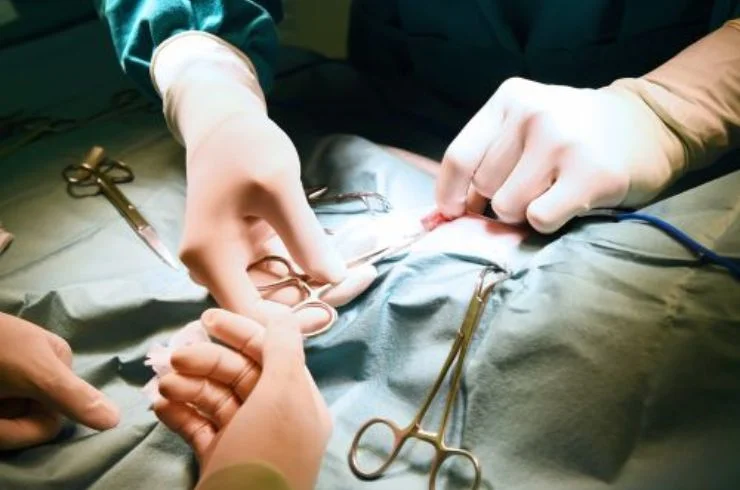Hydrocele Surgery
- Home
- General Surgery
- Hydrocele Surgery

A hydrocele is a common condition where fluid accumulates in the sac around the testicle, causing swelling in the scrotum. While this condition is generally painless, it can cause discomfort and concern for many individuals. In some cases, hydroceles can resolve on their own, but when they persist or cause discomfort, hydrocele surgery becomes a necessary treatment option.
What is a Hydrocele?
A hydrocele is a fluid-filled sac that forms around one or both testicles, leading to swelling in the scrotum. The condition can develop at birth (congenital hydrocele) or later in life (acquired hydrocele), often due to injury, infection, or inflammation. Hydroceles are typically painless, but the swelling may feel heavy or uncomfortable, especially when it enlarges.
Why Hydrocele Surgery?
While many hydroceles resolve on their own, surgery is usually required if:
- The hydrocele causes persistent swelling or pain.
- The condition interferes with daily activities or causes embarrassment.
- The hydrocele does not go away with time, especially in adult males.
- The hydrocele is due to an infection or injury that requires surgical intervention.
The Hydrocele Surgery Procedure
Hydrocele surgery, also known as hydrocelectomy, is a straightforward procedure performed under local or general anesthesia. The goal is to drain the fluid and prevent further accumulation by removing or repairing the sac. The key steps of the procedure include:
- Incision: A small incision is made in the scrotum or lower abdomen, depending on the size and location of the hydrocele.
- Fluid Drainage: The fluid surrounding the testicle is drained to alleviate the swelling.
- Surgical Repair: The sac is either removed or sutured to prevent future fluid buildup.
- Closing the Incision: The incision is carefully closed with stitches, which are either absorbable or require removal after a few weeks.
The procedure typically lasts about 30 to 60 minutes, and most patients can go home the same day.
Recovery and Aftercare
Post-surgery, the recovery process is relatively smooth, but it is important to follow aftercare instructions:
- Rest: It’s recommended to rest for a few days after the surgery.
- Pain Management: Mild discomfort is normal after the procedure and can be managed with pain medications prescribed by your doctor.
- Swelling and Bruising: Swelling in the scrotum is common but should gradually subside in the following weeks.
- Activity Restrictions: Avoid heavy lifting, strenuous exercise, or sexual activity for a few weeks to promote proper healing.
- Follow-up: Regular check-ups will be scheduled to monitor healing and ensure no complications arise.
Benefits of Hydrocele Surgery
- Relief from Pain and Discomfort: Hydrocele surgery helps to alleviate the heavy feeling and discomfort caused by swelling in the scrotum.
- Permanent Solution: The procedure provides a long-term solution by eliminating the fluid accumulation and reducing the chances of recurrence.
- Improved Quality of Life: Once the hydrocele is treated, you can return to your regular activities without worrying about swelling or discomfort.
Why Choose AMVI Clinic for Hydrocele Surgery?
- Experienced Surgeons: Our team of urologists at AMVI Clinic specializes in hydrocele surgery with a track record of successful outcomes.
- State-of-the-Art Technology: We use the latest medical technology to ensure safe, effective treatment and faster recovery.
- Comprehensive Care: From diagnosis to post-surgery care, we provide personalized and compassionate support throughout the entire process.
- Patient-Centered Approach: We prioritize your comfort and work with you to provide the best treatment plan tailored to your specific needs.

